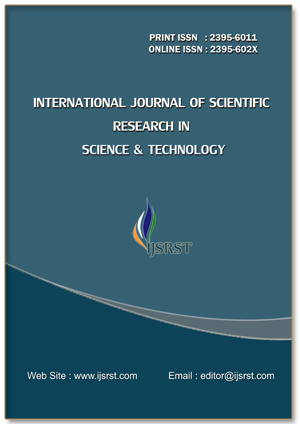Projection of Customer Churn in Telecom Sector through Machine Learning Algorithms on Big Data Platforms
Keywords:
Boosting, Feature Engineering, Selection Techniques, Churn, Fuzzy Rules, DatasetAbstract
The telecom industry study is essential for increasing the profitability of enterprises, especially through precise churn prediction. The goal of this study was to create a specialized churn prediction system for the telecom provider SyriaTel. For accurate churn estimates, high AUC values were necessary, and the dataset was divided into 30% testing and 70% training sets. Hyperparameter adjustment and accurate model evaluation were made possible via cross-validation. To get the features ready for machine learning algorithms, feature engineering and selection techniques were used. Tree-based methods and under-sampling were used to address data imbalance. Decision Tree, Random Forest, Gradient Boosting Machine, and XGBOOST are the four tree-based models that were selected. Strategic planning and the incorporation of mobile social network features were essential to success. With a 93.301% AUC on the SyriaTel dataset, XGBOOST performed better than GBM, Random Forest, and Decision Tree. When tested on a fresh dataset, XGBOOST's AUC was 89%. Non-stationary data necessitates frequent model retraining. Social network analysis was used to improve telecom churn prediction.
Downloads
References
Gerpott TJ, Rams W, Schindler A.(2010) Customer retention, loyalty, and satisfaction in the German mobile cellular telecommunications market. Telecommun Policy. 25:249– 69.
Wei CP, Chiu IT.(2022), Turning telecommunications call details to churn prediction: a data mining approach. Expert Syst Appl; 23(2):103–12.
Qureshii SA, Rehman AS, Qamar AM, Kamal A, Rehman A. Telecommunication subscribers churn prediction model using machine learning. In: Eighth international conference on digital information management. 2013. p. 131–6.
Ascarza E, Iyengar R, Schleicher M.(2023) The perils of proactive churn prevention using plan recommendations: evidence from a field experiment. J Market Res.53(1):46– 60.
Bott. (2014) Predicting customer churn in telecom industry using multilayer preceptron neural networks: modeling and analysis. Igarss. 11(1):1–5.
Umayaparvathi V, Iyakutti K. A survey on customer churn prediction in telecom industry: datasets, methods and metric. Int Res J Eng Technol. 2016;3(4):1065–70.
Yu W, Jutla DN, Sivakumar SC. A churn-strategy alignment model for managers in mobile telecom. In: Communication networks and services research conference, vol. 3. 2005. p. 48–53.
Burez D, den Poel V. Handling class imbalance in customer churn prediction. Expert Syst Appl. 2009;36(3):4626–36.
Zhan J, Guidibande V, Parsa SPK. Identification of top-k influential communities in big networks. J Big Data. 2016;3(1):16. https://doi.org/10.1186/s40537-016-0050-7.
Barthelemy M. Betweenness centrality in large complex networks. Eur Phys J B. 2004;38(2):163–8. https://doi.org/10.1140/epjb/e2004-00111-4.
Elisabetta E, Meyerhenke H, Staudt CL. Approximating betweennesscentrality in large evolving networks. CoRR. 2014. arxiv:1409.6241.
Idris A, Khan A, Lee YS. (2024) Genetic programming and adaboosting based churn published in IEEE International conference on Cybernetics
Huang F, Zhu M, Yuan K, Deng EO. Telco churn prediction with big data. In: ACM- SIGMOD international conference on management of data. 2015. p .607–18.
Downloads
Published
Issue
Section
License
Copyright (c) 2024 International Journal of Scientific Research in Science and Technology

This work is licensed under a Creative Commons Attribution 4.0 International License.




